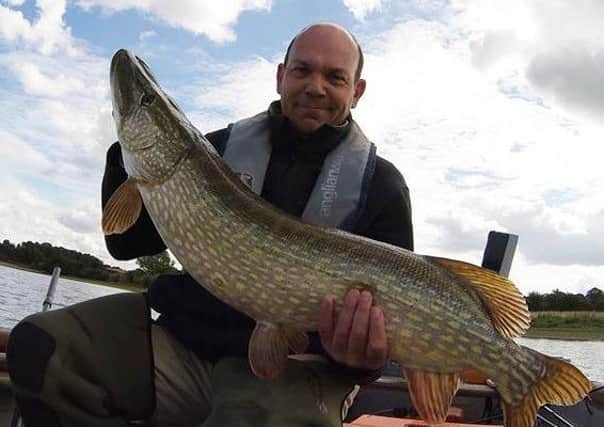The predator that's been around since the ice age


This article contains affiliate links. We may earn a small commission on items purchased through this article, but that does not affect our editorial judgement.
They haven’t evolved over the centuries – they look and act exactly the way nature intended. Today’s pike mirror their ancestors, who have inhabited our rivers, ponds and lakes for generations.
They are a predator with the ability to remain still, camouflaged, and wait for any unsuspecting fish, frog or water creature to appear. The pike strikes and moves through the water at lightning speed, and with razor sharp backward leaning teeth, escape is unlikely.
Advertisement
Hide AdAdvertisement
Hide AdThis ancient predator, along with the perch, keeps fish populations under some kind of control. While some of our coarse fish stock decline, often due to pollution, pike often find themselves having to compete for food.
Ponds and lakes often have too many pike in them so the angler will have a good opportunity to catch them, but like all coarse fish they are returned to the water.
Pike have no hesitation in tucking into another pike.
When fishing for chub last autumn I was bringing the fish towards my landing net when a small pike (known as a jack pike) grabbed it – then a much larger pike took them both. Incapable of landing this trio I lost the lot.
Because of sharp teeth, if you do fish for pike, a wire trace is essential.
Advertisement
Hide AdAdvertisement
Hide AdPike anglers need a good strong wire trace and a suitably strong line, rod and reel. Thankfully live baiting for pike is banned almost everywhere so a dead mackerel or sprat is the answer, along with a sturdy pike float.
Making sure to avoid any contact with those teeth, pike need to be lifted from the water using their gills and remove the hooks using long arm clamp scissors.